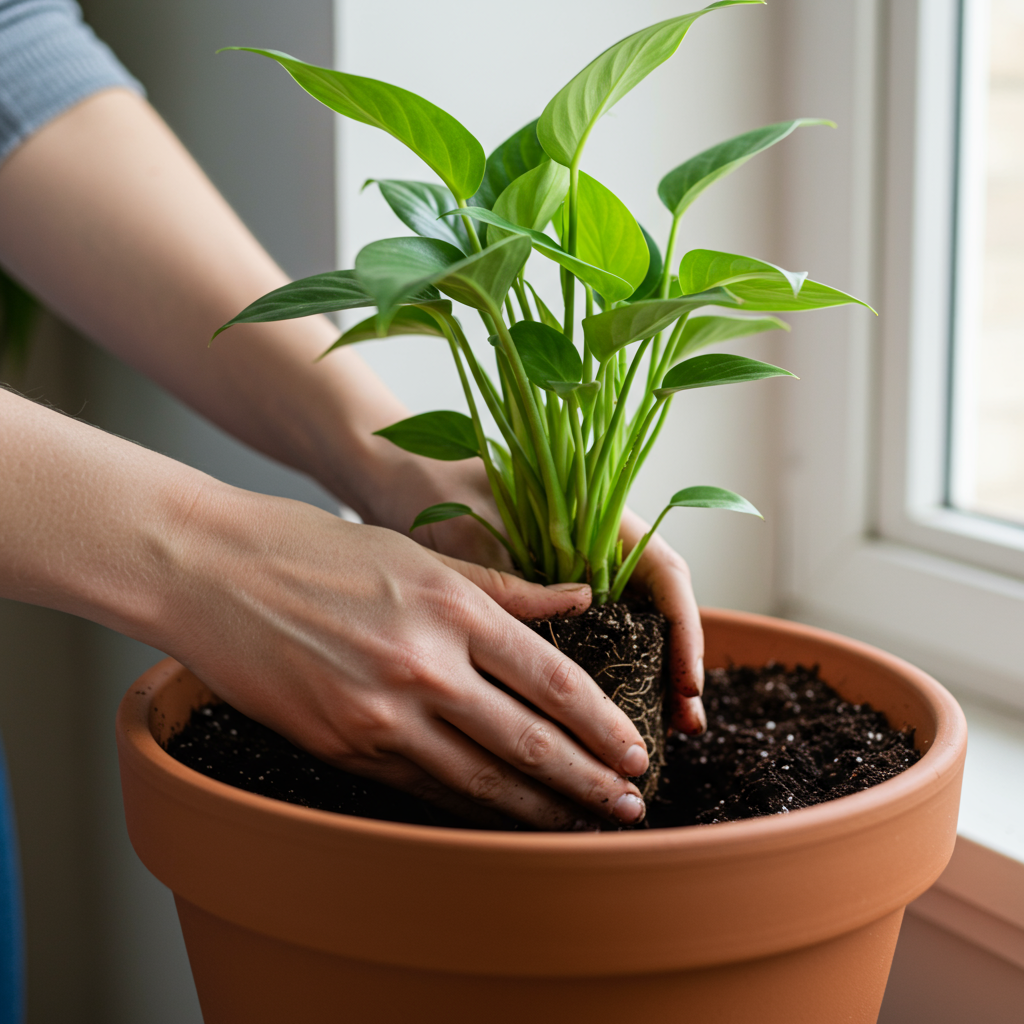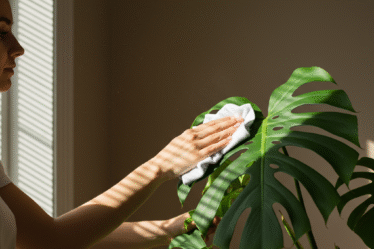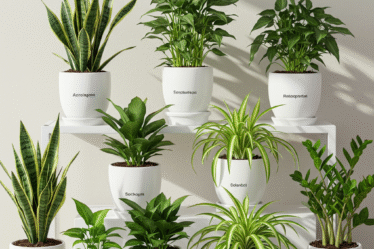
Giving your plants the space they need to thrive is crucial for their overall health and vibrancy. This comprehensive guide to potting and repotting will empower you with the knowledge to ensure your green companions flourish. Whether you’re a seasoned gardener or just starting out, understanding the when, why, and how of repotting is essential.
One of the most common signs that a plant needs repotting is root-boundness. When roots begin circling the bottom of the pot or start growing out of the drainage holes, it’s a clear indication they’ve outgrown their current home. Other signs include stunted growth, wilting despite adequate watering, and soil that dries out exceptionally quickly.
Choosing the right pot is paramount. Select a pot that’s only slightly larger than the previous one – typically one to two inches wider in diameter. Using an excessively large pot can lead to overwatering and root rot. Ensure the new pot has adequate drainage holes to prevent waterlogging. Terracotta pots are excellent for allowing air circulation, while plastic pots retain moisture better.
The potting mix you choose should be appropriate for the specific type of plant. For instance, cacti and succulents thrive in well-draining mixes, while moisture-loving plants prefer richer, more water-retentive soils. Avoid using garden soil, as it can compact and restrict root growth.
When repotting, gently remove the plant from its old pot, taking care not to damage the roots. Loosen any circling roots and trim away any dead or damaged ones. Place a layer of fresh potting mix in the bottom of the new pot, center the plant, and fill in the remaining space with more mix, ensuring the top of the root ball is about an inch below the rim. Water thoroughly after repotting to help the plant settle into its new home.
The frequency of repotting varies depending on the plant’s growth rate. Fast-growing plants may require repotting annually, while slower-growing ones can often go for several years. The best time to repot is typically during the plant’s active growing season, usually in the spring or early summer.
By following these guidelines, you can confidently provide your plants with the space and conditions they need to thrive. Remember to research the specific requirements of your individual plants for optimal results. With a little care and attention, your plants will reward you with lush foliage and vibrant blooms.



